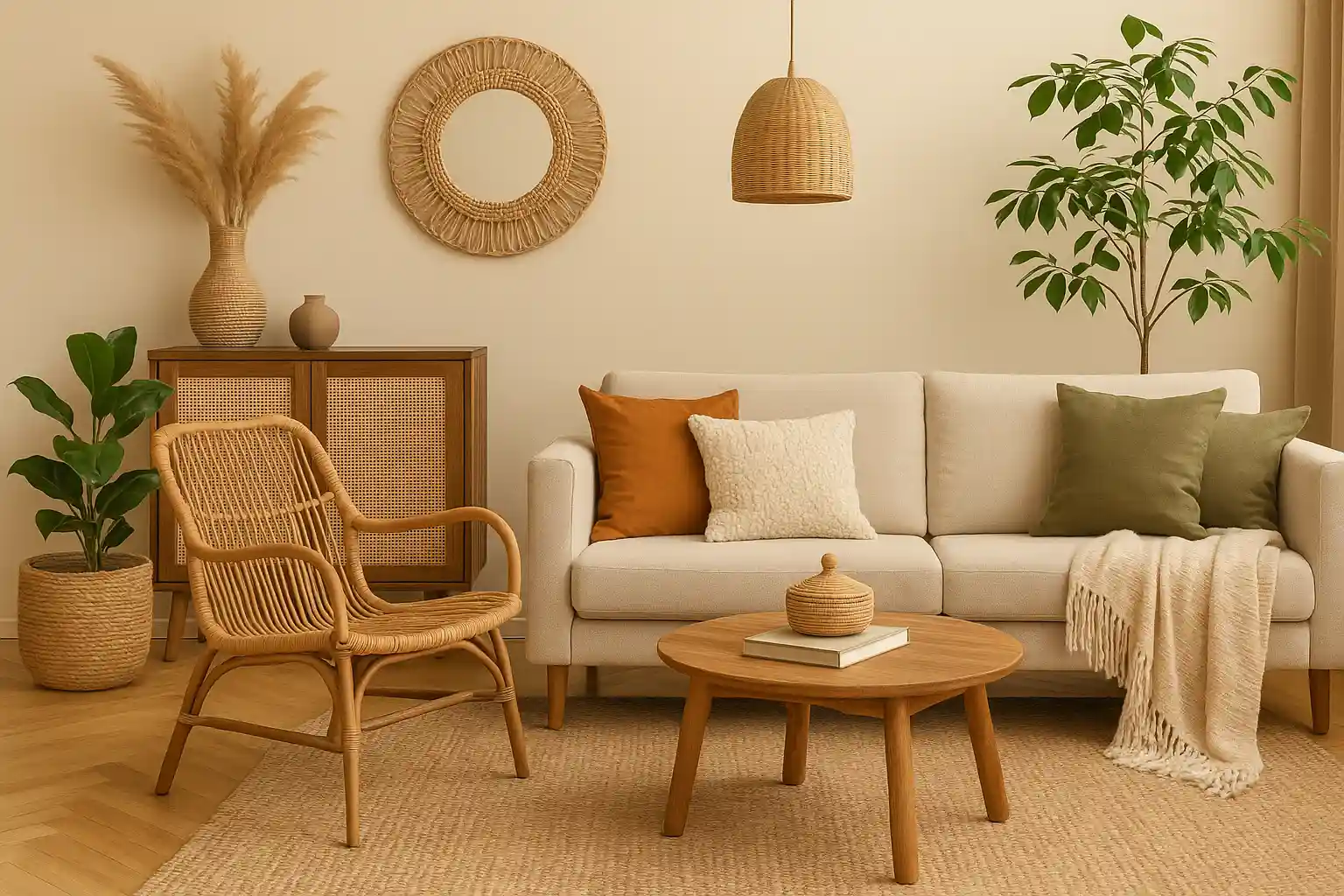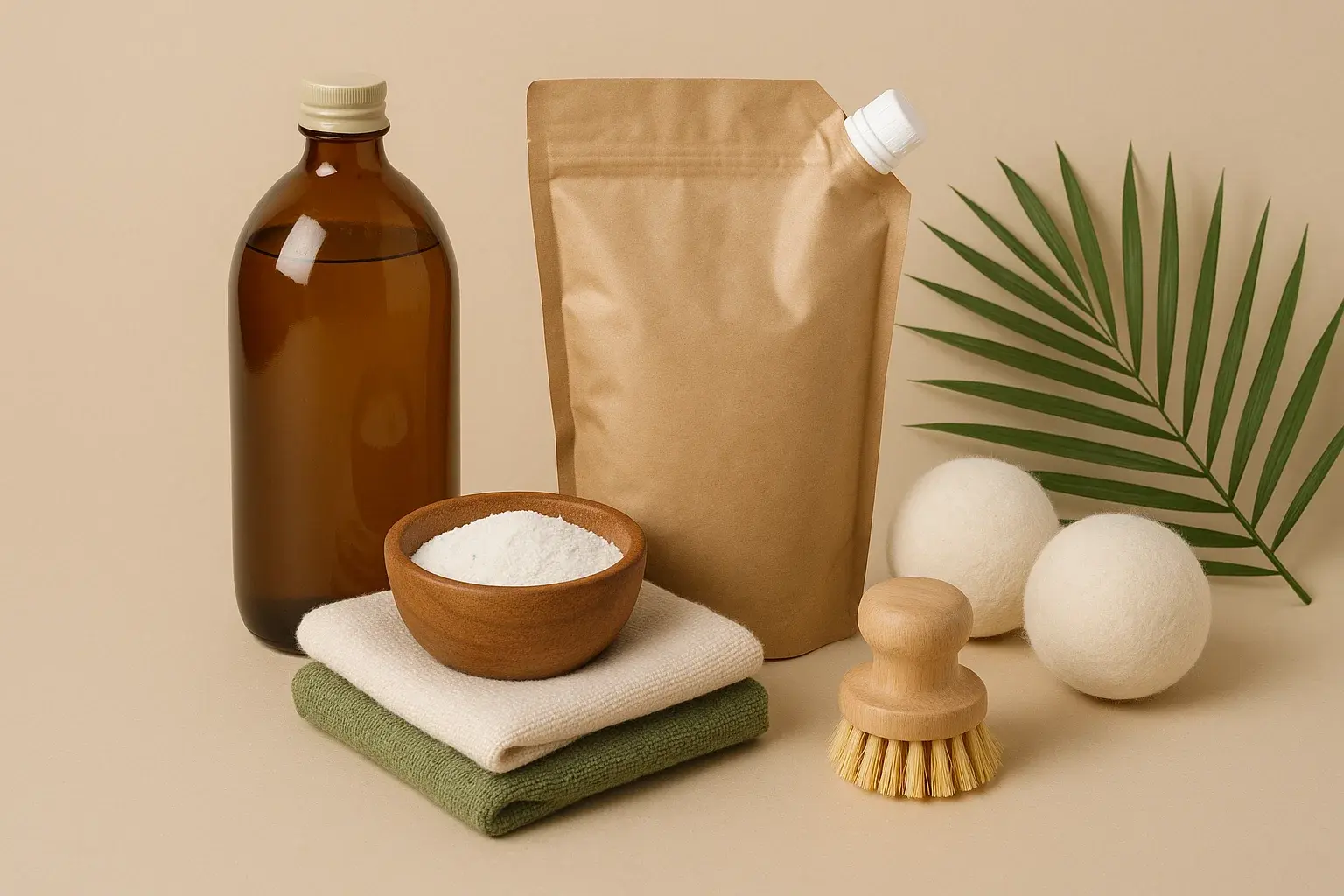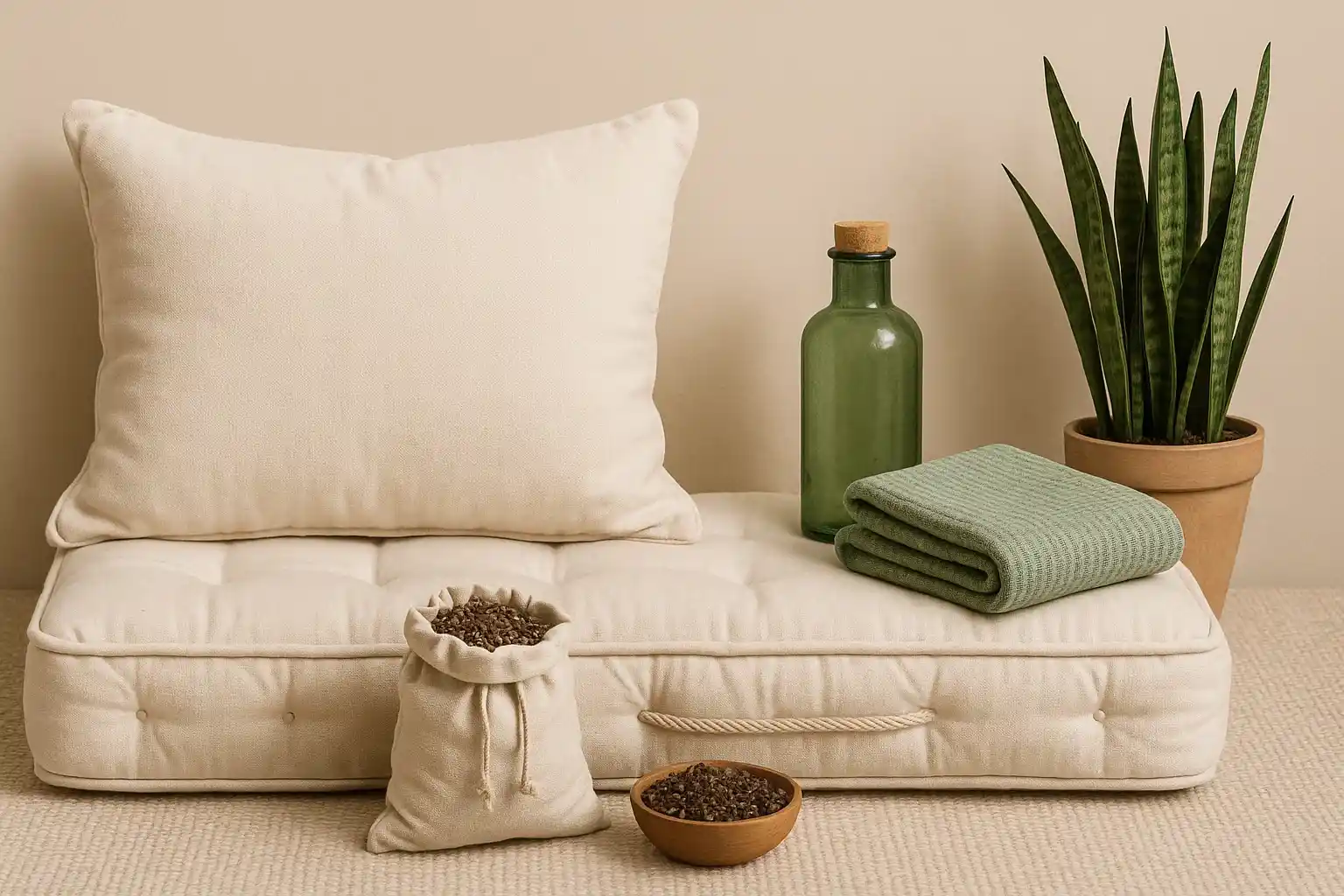Step Softly on the Earth: Upgrading Your Home with Natural Floor Rugs

Rugs play a vital role in defining the aesthetic and comfort of our living spaces. They add warmth, texture, and visual appeal, anchoring furniture arrangements and creating cozy zones within our homes. While synthetic rugs, often made from materials like nylon, polypropylene, and acrylic, have become a common and affordable choice, their widespread use carries a significant environmental cost. From the fossil fuels required for their production to their non-biodegradable nature and the potential for shedding microplastics into our indoor environment, synthetic rugs contribute to a range of environmental concerns. For those seeking a more sustainable and healthier flooring option, natural rugs offer a beautiful and eco-conscious alternative, crafted from biodegradable and often non-toxic materials.
The lifecycle of a synthetic rug begins with the extraction of fossil fuels, the raw materials for most synthetic fibers. The manufacturing process is energy-intensive and can release harmful chemicals into the air and water. Unlike natural fibers, synthetic materials do not readily break down in landfills, contributing to the ever-growing problem of waste accumulation. Furthermore, synthetic rugs can shed microscopic plastic fibers, known as microplastics, into our homes. These microplastics can become airborne and inhaled or ingested, potentially posing health risks. They also contribute to the larger issue of microplastic pollution, eventually finding their way into our environment.
Fortunately, a variety of beautiful and durable natural fibers offer compelling and sustainable alternatives for floor rugs. By choosing rugs made from jute, organic cotton, or wool, we can enhance the comfort and style of our homes while minimizing our environmental footprint. These natural materials are often biodegradable, require fewer chemicals in their processing, and avoid the shedding of synthetic microplastics, offering a healthier and more responsible flooring solution.
Embracing Earth-Friendly Underfoot: Exploring Natural Rug Alternatives
Nature provides us with a wealth of fibers that can be expertly woven into stunning and sustainable floor coverings:
Jute Rugs: Rustic Beauty and Rapid Renewal
Jute is a natural vegetable fiber derived from the jute plant, a fast-growing and renewable resource. Jute rugs offer a beautiful, rustic texture and earthy tones that can complement a variety of décor styles. The jute plant requires minimal pesticides and fertilizers, making its cultivation relatively environmentally friendly. Jute fibers are biodegradable and recyclable, ensuring that the rug can return to the earth responsibly at the end of its lifespan. Jute rugs are also relatively durable and can withstand moderate foot traffic. Brands like Hook & Loom often feature jute rugs made with sustainable practices, highlighting the natural beauty and eco-conscious benefits of this fiber.
Organic Cotton Rugs: Softness, Safety, and Sustainable Growth
Organic cotton rugs offer a soft and comfortable underfoot experience while prioritizing the health of both people and the planet. Organic cotton is grown without the use of synthetic pesticides, herbicides, or genetically modified organisms, resulting in a fiber that is gentler on sensitive skin and produced with a lower environmental impact compared to conventional cotton. Organic cotton rugs are biodegradable and free from the harmful chemicals often used in the processing and dyeing of conventional textiles. Brands like Lorena Canals are renowned for their beautiful and washable organic cotton rugs, making them a practical and sustainable choice for homes with children and pets.
Wool Rugs: Natural Resilience and Enduring Quality
Wool is a natural fiber derived from sheep, a renewable resource. Wool rugs are known for their exceptional durability, resilience, and natural stain resistance. Wool fibers are also biodegradable and can help to regulate indoor humidity and improve air quality by trapping dust and allergens. The production of wool can have environmental impacts, so it's important to choose rugs made from wool sourced from farms that prioritize sustainable land management and animal welfare practices. Many high-quality wool rugs are designed to last for decades, reducing the need for frequent replacements. Retailers like West Elm often offer eco-conscious wool rugs made with responsible sourcing in mind.
Completing Your Eco-Home Upgrade: Considering Rug Backings and Certifications
When choosing natural rugs, it's also important to consider the backing materials and any relevant certifications:
- Natural Backings: Opt for rugs with natural backings made from materials like jute or natural latex, avoiding synthetic backings that can contain harmful chemicals and are not biodegradable.
- Certifications: Look for certifications like OEKO-TEX Standard 100, which ensures that the rug has been tested for harmful substances. Certifications related to organic farming (like GOTS for cotton) can also provide assurance of sustainable production practices.
By consciously choosing rugs made from natural fibers with sustainable backings and seeking out relevant certifications, you can upgrade your home décor while minimizing your environmental footprint and creating a healthier living environment. Stepping onto a natural rug is not just a tactile experience; it's a step towards a more sustainable and mindful way of living.
Related Blogs

5 Home Decor Trends That Nurture Your Space and the Planet
Insights on 5 home decor trends that are also earth-friendly in a sustainable way.

Laying the Foundation for a Greener Home: Your Eco Starter Kit
Insights on building an eco starter kit for your home in a sustainable way.

Clean Laundry, Clear Conscience: Sustainable Swaps for Conventional Detergents
Switch to soap nuts, eco-enzyme cleaners, or plant-based detergents for toxin-free laundry.

Breathing Easier, Living Greener: The World of Eco Paints and Finishes for a Healthier Home
Insights on eco paints and finishes for a healthier home in a sustainable way.

Dreaming of a Greener Sleep: Choosing Natural Mattress Toppers for a Healthier Bed
Upgrade your sleep with non-toxic, breathable, and biodegradable latex, organic cotton, or wool toppers.

Smart Storage, Sustainable Spaces: Choosing Eco-Friendly Alternatives to Plastic Trash Cans
Upgrade to durable metal, recycled plastic, or wooden bins for lower impact waste management.
Stay in the Loop
Get tips and insights tailored to your interests — no spam, just sustainability.